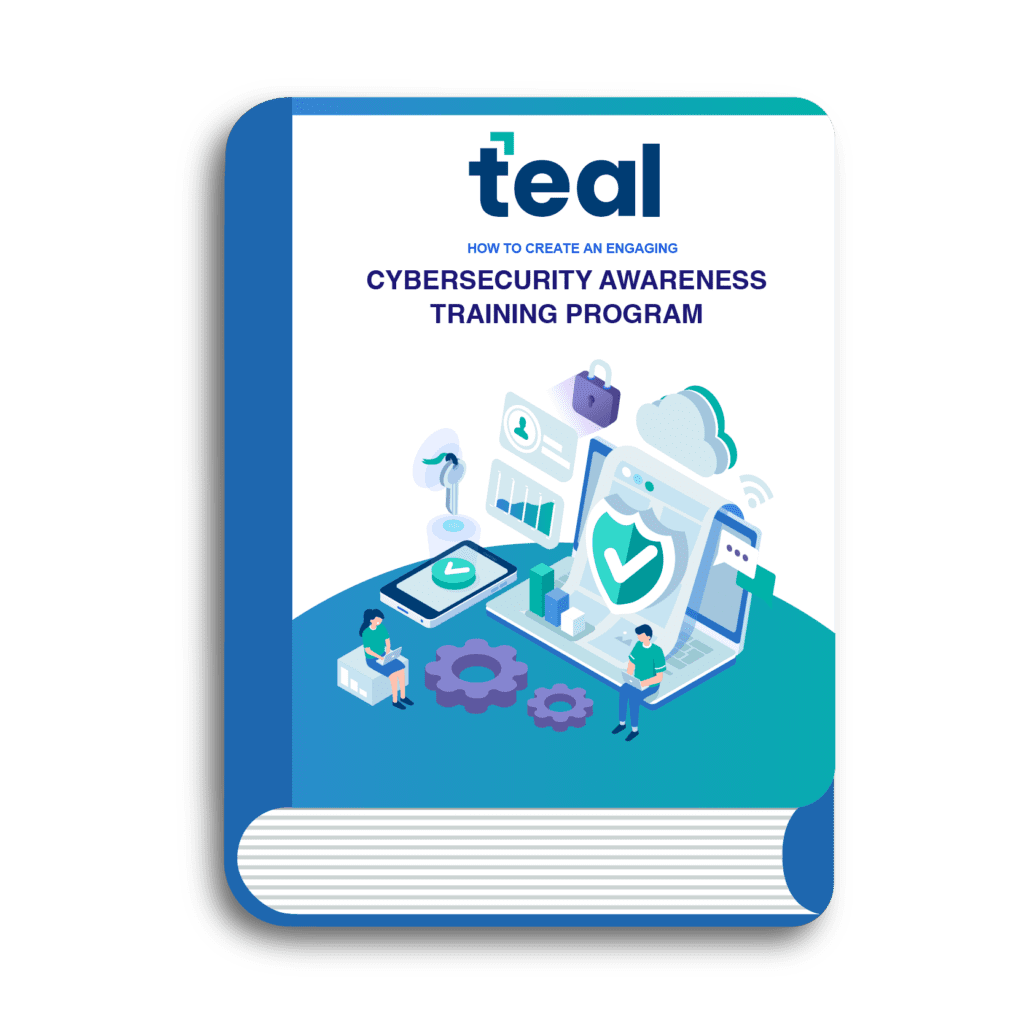Why is it important to protect healthcare systems? As you know, the healthcare industry is a vital part of our society as teams across the U.S. provide the life-saving medical services we all depend on. The increasing digitization of healthcare systems has been a significant move for improving patient care. Unfortunately, it has also exposed these essential services to detrimental cyber threats.
The complex digital systems that underpin the healthcare industry are rarely adequately protected against the evolving cyber threat landscape. It is vital to safeguard these systems as technology plays an increasingly significant role in healthcare.

Safeguard patient information and foster a strong reputation as a trusted healthcare provider with this self-assessment.
Healthcare System Protection Improves Patient Care
The importance of robust cybersecurity measures grows as the healthcare industry increasingly relies on digital systems to store, transmit, and manage sensitive patient data.
Federal regulations, like HIPAA, mandate the protection of confidential patient information and impose hefty fines. These costs can be up to a maximum level of $25,000 per violation category, per calendar year. With many healthcare providers already financially taxed, organizations must be diligent in implementing administrative, physical, and technical safeguards.
But fines are just the tip of the iceberg relating to the potential consequences of failing to protect healthcare systems. More alarmingly, lapses in cybersecurity can lead to patient harm or even death.
In recent years, several tragic incidents have highlighted the life-and-death stakes of healthcare cybersecurity. For example, a woman in Germany died during a ransomware attack on the Duesseldorf University Hospital because the facility couldn’t accept emergency patients. As a result, she was forced to seek care at another facility 20 miles away, ultimately losing her life.
Another heartrending case occurred in Alabama. A baby suffered a severe brain injury and later died due to inadequate care during a ransomware attack on her hospital. The lawsuit alleges that the hospital’s compromised systems led to several missed critical tests that resulted in irreversible damage.
These tragic examples underscore the critical need for healthcare providers to invest in robust cybersecurity measures to protect their systems and, more importantly, their patients.

Understanding Cyber Threats to Healthcare Systems
The list of cyber threats healthcare systems are exposed to constantly evolves. As cybercriminals become more sophisticated, they develop new techniques to exploit vulnerabilities. This dynamic landscape requires healthcare providers to stay vigilant and understand the risks. Here are some common cyber threats that healthcare organizations face:
1. Malware Attacks
Malware attacks can lead to significant financial losses and disruption of healthcare services. In 2022, 66% of healthcare organizations involved in a study were victims of ransomware attacks, an increase of about 50% from 2021, according to Sophos’ State of Ransomware in Healthcare 2022 report.

Cybercriminals are increasingly targeting small businesses, but you don’t have to face them alone. Our guide provides actionable strategies to protect your systems, data, and reputation from malicious software.
Cybersecurity doesn’t have to be overwhelming—equipped with the right knowledge, you can create a strong, effective defense.
2. Social Engineering Attacks
Humans are an organization’s weakest link. Cybercriminals know this and often exploit human vulnerabilities. They gain unauthorized access to sensitive information using deception.
Spear phishing, for example, is an increasingly common form of social engineering attack that uses personalized information to target victims.
Research from Trend Micro shows that 91% of cyberattacks begin with a spear-phishing email, making it a significant threat to healthcare organizations.
3. Insider Threats
Insider threats involve employees or other trusted insiders who intentionally or accidentally compromise an organization’s security.
The 2021 Data Breach Investigations Report (DBIR) reveals that insiders are responsible for around 22% of security incidents.
For example, a former employee of Huntington Hospital improperly accessed the records of 13,000 patients without permission. This situation resulted in a criminal HIPAA violation charge.
4. Outdated and Unpatched Systems
Systems that are no longer supported, or not up to date, create vulnerabilities that cybercriminals can exploit. Such vulnerabilities are directly responsible for 60% of all data breaches, according to the 2022 Automox unpatched vulnerability report. Despite the risks, many CIOs and CISOs delay implementing security patches to avoid interrupting business growth.
5. Poor Password Hygiene
Weak or reused passwords can leave healthcare systems vulnerable to unauthorized access. Attackers can crack weak passwords within seconds or minutes using automated tools (e.g., brute force attacks, dictionary attacks, etc.).

Strong passwords are the foundation of your business’s cybersecurity strategy. Without them, your organization could be vulnerable to costly breaches and cyberattacks. Add these best practices to your password policy.
6. Lack of Employee Cybersecurity Training
Employees must be trained in cybersecurity best practices to avoid inadvertently exposing healthcare systems to threats. Employee error is considered the highest cause of data breaches, according to a joint venture by Capita and the UK Government.

Learn how to implement an engaging and successful cybersecurity awareness training program.
7. Insufficient Wireless Network Security
Outdated security protocols, like Wired Equivalent Privacy (WEP), can leave healthcare networks vulnerable to cyber attacks. Hackers can easily exploit these weak protocols and can:
- Intercept sensitive data.
- Compromise connected devices.
- Gain unauthorized access to the entire healthcare network.
8. Unencrypted Healthcare Data
Unencrypted data, whether stored or transmitted, can be easily intercepted and accessed by unauthorized individuals.
In one case, a staff member at the Hong Kong Sanatorium and Hospital lost a USB flash drive containing personal data on 68 patients. This example highlights the need for proper encryption and data handling practices.
Partner With a Managed IT Services Provider to Protect Your Healthcare Systems
Cyberattacks constantly threaten healthcare systems. Unfortunately, many healthcare providers lack the solutions and knowledge to handle these challenges independently. The ever-evolving nature of cyber threats requires continuous monitoring, updates, and expertise to maintain a secure environment. That’s where managed IT services can make a world of difference.
By partnering with a Managed IT Services Provider (MSP), healthcare providers benefit from a proactive approach to security. This partnership will ensure that their digital infrastructure is protected against emerging threats 24×7.

Optimizing your IT investment starts here. Explore our MSP pricing guide to understand costs, factors, and models.









